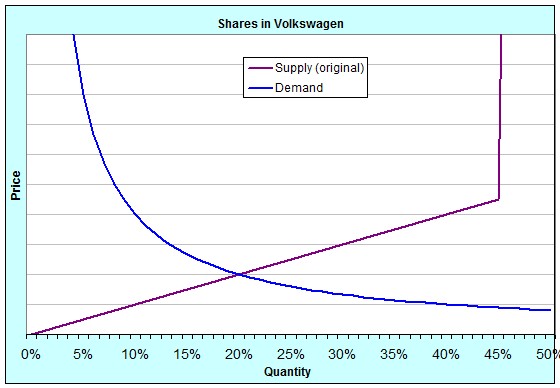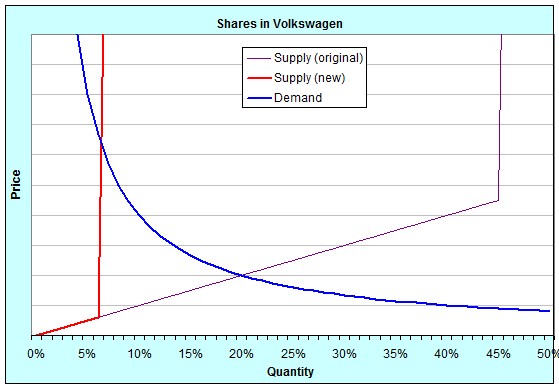The US$700 billion Troubled Asset Relief Program, otherwise known as the mother of all pork, did have one redeeming feature: It came in tranches. The first US$350 billion were directly accessible (some of it needed a signature from the president), but the last US$350 billion needs congressional approval. With just 10 weeks to go in his Presidency and every company big enough to hire a lobbiest bashing on the doors for a piece of the action, George W. Bush has done the right thing: He’s deciced to not ask for the last 350. If soon-to-be-President Obama wants to tap it, it’s up to him.
The Bush administration told congressional aides it won’t ask lawmakers to release $350 billion remaining as part of the $700 billion U.S. financial- rescue package, people familiar with the matter said.
…
The Treasury Department has committed $290 billion, or about 83 percent of the total allocated so far in a program Congress enacted last month to inject capital into a wide spectrum of banks and American International Group Inc. The U.S. invested $125 billion in nine major banks, including Citigroup Inc. and Wells Fargo & Co. and plans to buy an additional $125 billion in preferred shares of smaller lenders.
…
Paulson told the Wall Street Journal today he is unlikely to use what remains of the package, estimated at $410 billion, unless a need arises.“I’m not going to be looking to start up new things unless they’re necessary, unless they make great sense,” Paulson said. “I want to preserve the firepower, the flexibility we have now and those that come after us will have.”
Update: I don’t mean to suggest that the money shouldn’t be spent. Maybe it should. Professor Krugman, for one, might argue that it ought to be spent as part of a stimulus package. I just think that it’s correct for Bush to pass on deciding how to spend it. His moral authority as an economic leader was gone some time ago. Paulson’s flip-flopping, even if what he has moved to is the better plan, demonstrates the same for him. America will – I suspect – benefit from being forced to take a breather in their cries for help. Let the new team think about the whole mess carefully and then take up the responsibility handed to them.
Another update: The anonymous authors at Free Exchange aren’t so sure it’s a good idea:
It is, in effect, calling time-out on the rescue until Barack Obama is sworn in, and even then there will be a delay while funds are requested and authorised. Meanwhile, Congress has all but decided not to pursue a stimulus bill during the lame duck session. The legislature is taking up discussions on an automaker bail-out, but given resistance to a rescue among Republicans and conservative Democrats, it seems clear that any bill signed into law during the lame duck will be quite weak.
Now, Ben Bernanke will remain on duty right through the inauguration. There’s still an executive branch, and there are still plenty of international policy makers working to stabilise the global financial system. But in a very real sense, America is going to coast on its current economic policies for the next two (and in practice, three) months. I’m not sure this is a good idea, particularly given the critical nature of the holiday shopping season. By all accounts, consumers are locking up their piggy banks at the moment. A disastrous shopping season will probably mean a wave of post-holiday failures among retailers, which will, in turn, mean lay-offs (as well as pain for exporters to America).
Yes, it’s only three months, but three months is a long time for people and businesses struggling to pay bills. And if the economic situation deteriorates over that span, then the government may well feel pressured to pass a much larger and more expensive stimulus package in the spring.
I’m not convinced. I do note that, as Paul Krugman points out, it’s difficult to have too large a fiscal stimulus in this environment. I also think that we might benefit from backing off a little bit and abandoning the idea that America and the world at large can somehow escape the recession. It needs to sink in.


